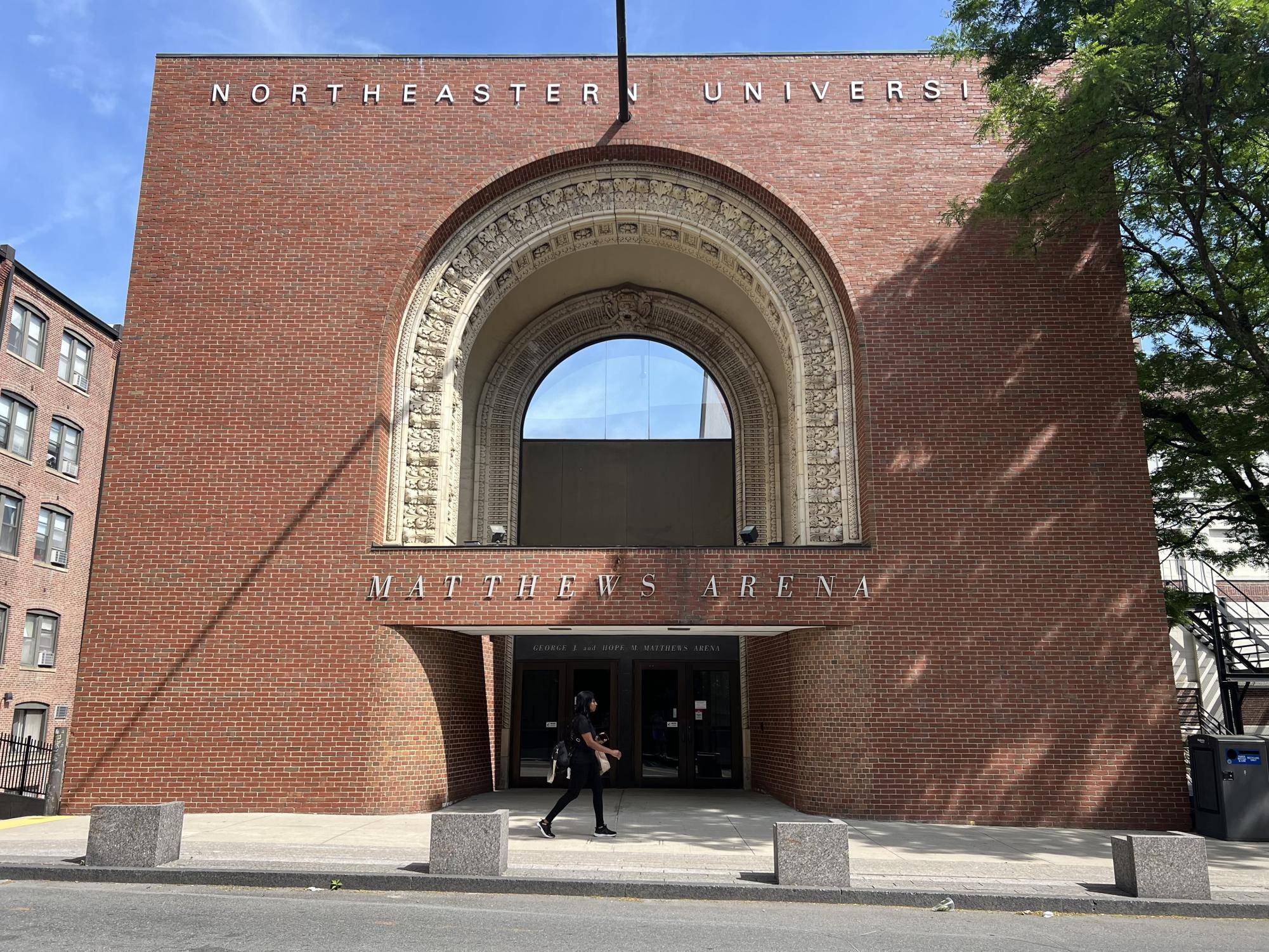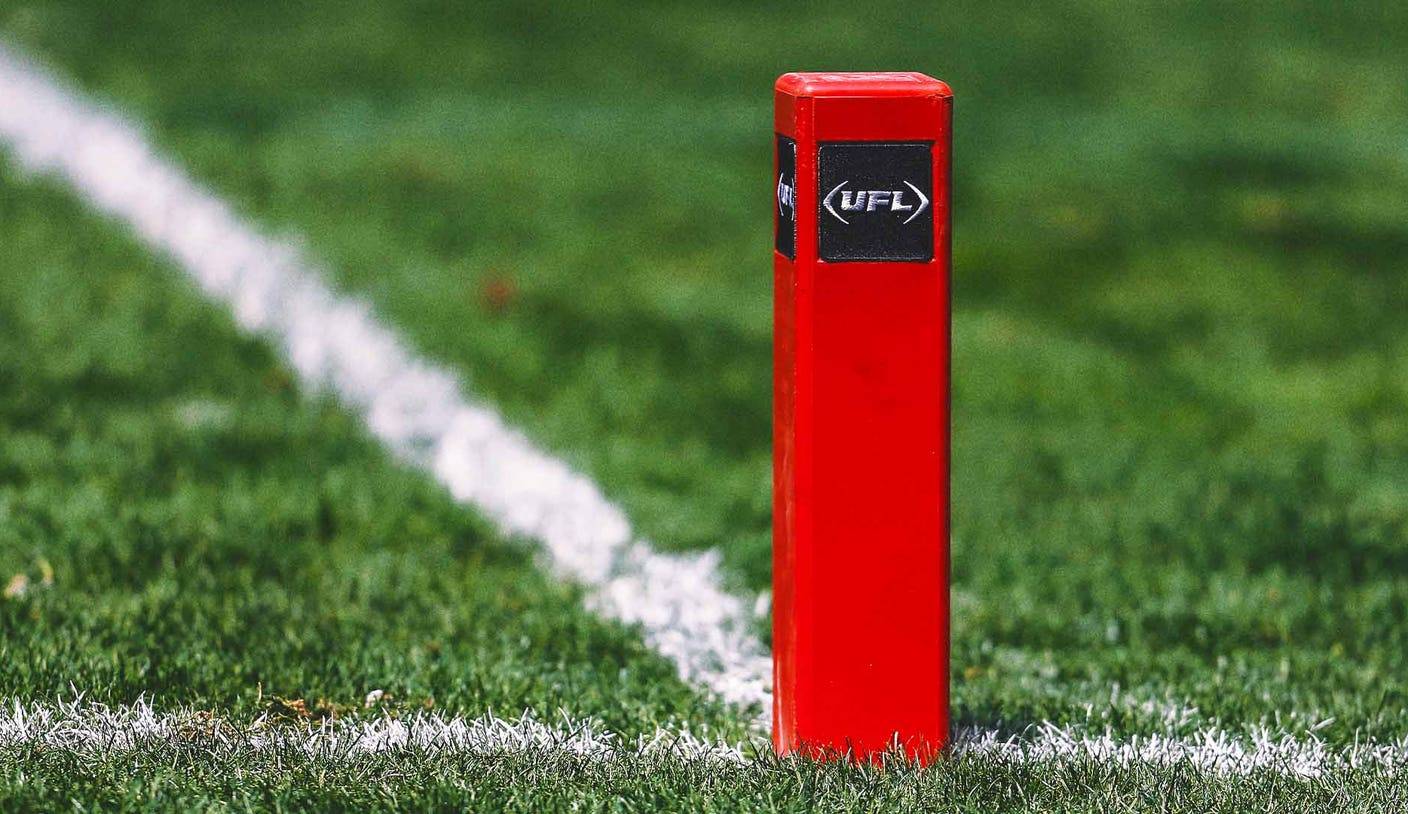The Financial Game Behind Northeastern’s Athletic Facility Upgrade
The roar of the crowd, the pulse of competition—sports are driven by passion, but behind the scenes, financial moves shape the future. Northeastern University’s bold decision to issue bonds for a brand-new athletic facility is more than just a campus upgrade. It’s a statement on the evolving economics of college sports, where financial strategy is just as crucial as game-day execution.
A Modern Replacement for Matthews Arena
Northeastern is set to replace the historic Matthews Arena, a venue steeped in sports history, with a cutting-edge 310,000-square-foot complex designed by Perkins & Will. The new facility, featuring a 4,050-seat ice hockey arena and 5,300-seat basketball venue, will also house training facilities, practice courts, office spaces, and indoor rowing tanks. While its seating capacity slightly falls short of Matthews, the modern design promises versatility, sustainability, and a dynamic experience for athletes and fans alike.
The Financial Strategy: Issuing Bonds
Issuing bonds to fund athletic projects is a calculated play. By leveraging long-term debt, Northeastern can secure capital without straining its immediate financial reserves, a method frequently used in both collegiate and professional sports. The facility’s pursuit of a net-zero carbon certification, aiming to incorporate materials from Matthews Arena, adds an extra layer of complexity—balancing sustainability with economic feasibility.
Honoring Tradition While Embracing Innovation
This transition highlights a key reality in sports infrastructure: nostalgia is powerful, but financial and structural realities dictate decisions. Matthews Arena, a Boston landmark dating back to 1910, has hosted legends, including the Boston Bruins and Celtics in their early days. However, foundation issues and logistical constraints have made its replacement more of an inevitability than a choice. The challenge for Northeastern is to honor history while embracing innovation.
Long-Term Financial Considerations
Looking ahead, the university must navigate the financial implications of its ambitious plan. With bond financing comes long-term debt service obligations, requiring strategic fiscal management to ensure the new facility pays dividends in student recruitment, athletic development, and overall university reputation. If executed correctly, this move could solidify Northeastern as a premier hub for collegiate sports, proving that the business side of athletics is just as competitive as the games themselves.
For more insights into the financial strategies that shape the future of sports, check out Epochedge sports.








